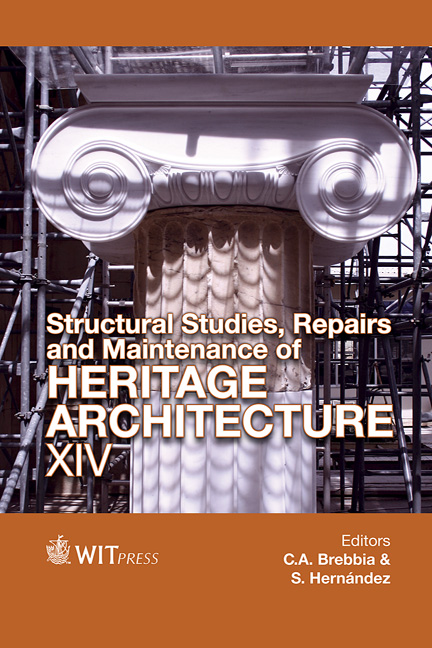The Story And Conservation Problems Of An Industrial Heritage Building In Istanbul: The Sütlüce Slaughterhouse
Price
Free (open access)
Transaction
Volume
153
Pages
12
Page Range
235 - 246
Published
2015
Size
1,793 kb
Paper DOI
10.2495/STR150201
Copyright
WIT Press
Author(s)
S. G. Kucuk
Abstract
The slaughtering process had been a serious issue throughout the centuries in Istanbul due to the lack of proper facilities for handling livestock. While streets may be alternative locations for this process, it was not favourable because of the unhygienic conditions of such venues. Tophane slaughterhouses are one of the places which were built between narrow streets by the Bosporus to meet this need. The location of the Tophane slaughterhouses can be seen on the map drawn in 1905 by the French cartographer, Charles Edouard Goad. Interestingly, the stages of the meat slaughtering process can be reasonably mapped out from the names of the streets, city-wall gates and ports around the Tophane neighbourhood. With the construction of a new facility known as Sütlüce Slaughterhouse by the Golden Horn in 1923, all slaughterhouses were gathered into one central building. Being the first contemporary slaughterhouse in Turkey, The Sütlüce Slaughterhouse became a symbol of modernization. In this study, industrialization efforts of Istanbul in the 20th century will be presented by analysing the evolution of meat industry.
Keywords
Tophane, Sütlüce, Karaagac, slaughterhouse, industrial heritage, meat butchering process




